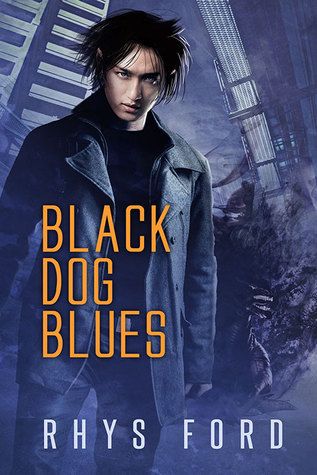3 Stars
I came to this book completely ignorant of the subject matter. Yes, of course, I'd heard of Ginsberg and Kerouac, but even my knowledge of Burroughs was confined to the Edgar Rice Burroughs, not William Burroughs. Frankly, this was material that was not in my house growing up. Macchiavelli's "The Prince", sure. Kerouac's "On the Road", not so much.
Tytell begins by framing Kerouac, Burroughs, and Ginsberg in context to each other and their relative experiences in Mexico: shared observations, intersections with each other, and divergences in events that influenced their writing. The degree of romanticizing and exoticizing is surprisingly varied.
Inspired by Ginsberg, who said to Tytell that he would never understand the Beats unless he travelled Mexico, the second section revolves around the Oaxaca letters from John Tytell to his wife, Mellon. You see the trajectory of his musings as he works on his biographies of Burroughs and Kerouac. Tytell relates his experiences to those he's read about in various literary works. He spends time observing, which he recognizes at some point is counter to the purpose of his reason for visiting Mexico--he should be engaging in his own endeavors instead of chronocling others. The letters he writes to his wife illustrate this shift, but ultimately the objective is the mental connections Tytell makes with the Beat authors and their works.
Tytell is a sympathetic narrator, not unbiased. He acknowledges that the anti-mainstream response is not unique and cites Henry Miller and his Tropics from the 1930s, but this has been ongoing through the centuries and dramatically represented in the arts from Caravaggio's thuggery to Corbet's crudity. Tytell emphasizes the point that every generation has a voice that breaks the previous mold to emerge and Ginsberg's "Howl" is that seminal work.
The third section breaks down Ginsberg, Kerouac, and Burroughs: their works and lives. The tragedy and mythologizing as we traverse from public rejection, scorn, death and/or eventual acceptance.
Beat transnationalism is a continuation of the American writers' tradition of using foreign lands and the conflict inherent in two cultures clashing for fodder. Tytell illustrates their steps as part of a journey that had been undertaken before. Burroughs in Tangiers, Ginsberg in India, Tytell makes the argument that the Beats became the voice of subsequent generations of youths rebelling, rejecting established ideologies and searching for an existence beyond borders and cultural restrictions.
Tytell's argument that it wasn't a boys' club falls woefully on its face as he begins with Bonnie Bremser's contribution to the Beats. naive privileged young woman who marries Ray Bremser, Kerouac drinking buddy, who flee to Mexico when Ray violates his parole. He pimps her out, and what follows is her story "For Love of Ray". Except Tytell is disappointed by the lack sensory details of her sexual encounters, the idea the sex is rote and mechanical seems disappointing to him--as if the vicariousness of it is the objective. He started off trying to be inclusive and negate the boys' club reputation and ends up adding misogyny. His subsequent selections of Judith Malina and Patti Smith are much more powerful.
The importance of the avant garde publishers who championed the Beats and the subversive, norm-challenging viewpoints are given a place here. Laughlin, Rosset, and Ferlinghetti all poured enormous sums of inherited money to give the Beats and authors outside of traditional publishing venues a place. Perhaps my ignorance is highlighted, but I found this very approachable and generally concise--Tytell's personal letters were the exception as we relived his first hand accounts rather than the summaries of others' lives.
Does this succeed in framing the Beats as transnational? Excellent question, and I'll say yes, but not for the apparent reason of their shared travels to Mexico and beyond. Simply stepping outside of one's norm and being other dramatically shifts one's perceptions. The greater the difference the more radical the realignment of thinking; one is forced to analyze the concept of an alternate lifestyle. Add in factors like unfamiliar language, abject poverty, and mind altering drug usage and there are going to be questions. I think the transnationalism is a humanism influenced by foreign travel.
Overall, I found this extremely informative and helped me weave together disparate threads of knowledge into a picture. For someone of greater understanding of the material this may or may not be as interesting. Nevertheless, the amount of research and interviews conducted while forming this book are evident and the presentation is a friendly confidence shared.













